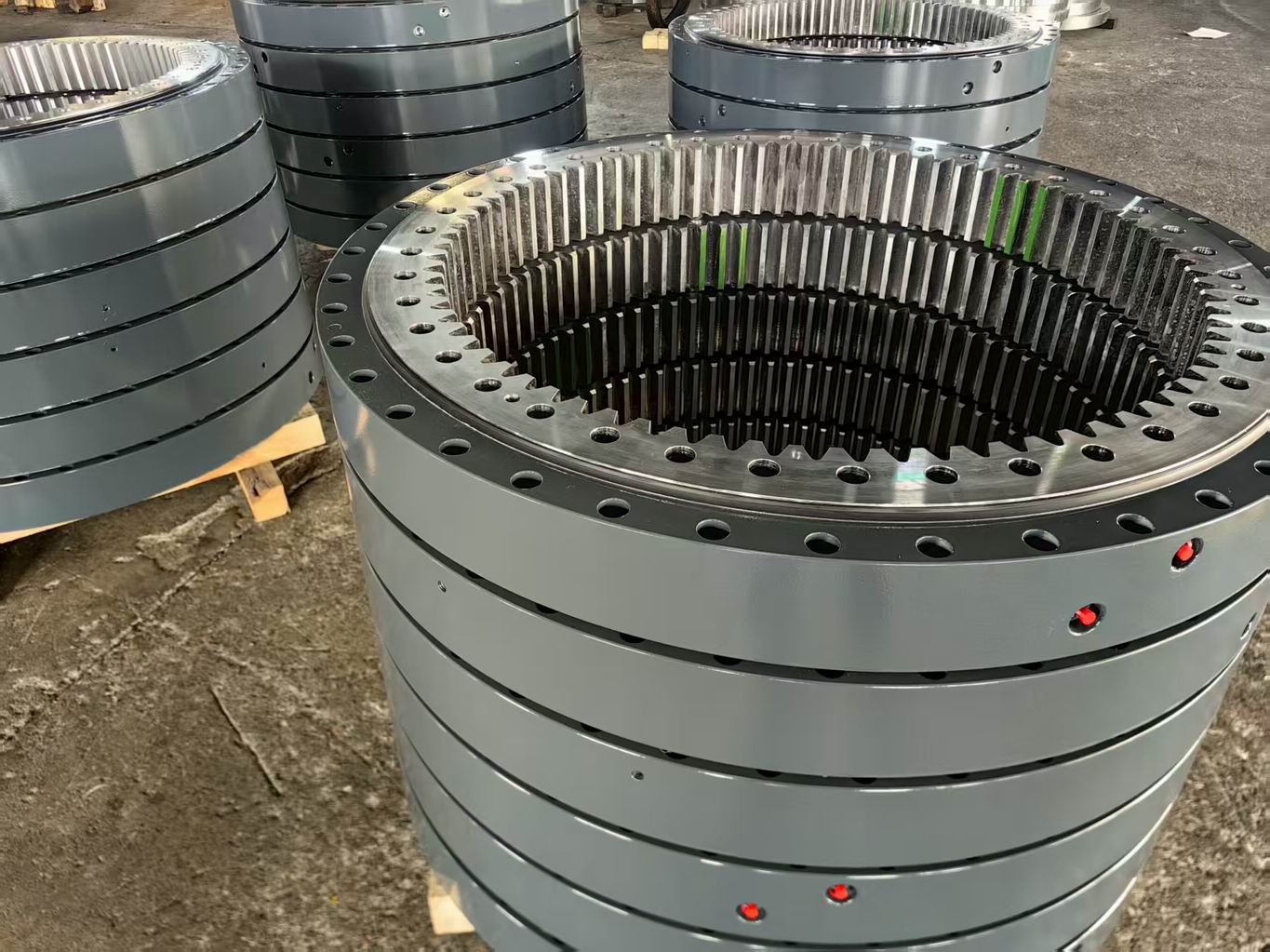Scientifically Setting Clearances to Optimize Double Row Slewing Rings Performance—SWBTEC's Expert Insights
In many customer inquiries, the axial and radial clearances of double-row slewing bearing are often requested to be “as small as possible.” SWBTEC fully understands the pursuit of precision. However, based on our design and application experience, we must clarify: pursuing minimal clearances is not the optimal choice. Scientifically configuring clearances is the key to ensuring long-term reliable operation.
Why Isn't Smaller Clearance Always Better?
Excessively small clearances, particularly axial clearance, introduce multiple risks:
Seizure and Temperature Rise Issues: During continuous operation or under conditions with significant temperature variations, components undergo thermal expansion. Insufficient clearance fails to accommodate this expansion, leading to increased friction, excessive temperature rise, and ultimately potential seizure causing severe failure.
Zero tolerance for manufacturing errors: Minimal clearance demands extreme precision in raceway center height consistency. Even slight deviations between the two rows of raceways are amplified under tight clearance, concentrating loads on one row. This causes severe overload, significantly reducing service life and load capacity.
Installation Challenges: It imposes extremely stringent demands on the machining precision (flatness, concentricity) of the host housing and installation procedures. Even minor deviations can cause uneven internal forces.
SWBTEC's Professional Clearance Recommendations:
A commonly misunderstood key point is the ratio of clearances: radial clearance is typically designed to be smaller than axial clearance. This is dictated by the geometry and operating principle of four-point contact ball slewing bearings.
Axial Clearance: Recommended range is 0.05mm - 0.30mm. This effectively accommodates thermal expansion and installation errors, serving as a safety margin for smooth operation and preventing seizure.
Radial Clearance: Typically smaller, generally controlled at approximately 1/2 to 2/3 of the axial clearance. Proper radial clearance facilitates stable operation while providing necessary rigidity.
SWBTEC Production Assurance:
“Optimal clearance” is underpinned by “ultra-high precision” manufacturing. We achieve this through:
Ultra-high precision grinding machines ensure the center height tolerance of both rows of raceways is controlled within an extremely narrow range.
100% online inspection precisely measures and sorts raceway profiles, center heights, and finished clearances.
A dedicated team of professional engineers provides selection support, recommending optimal clearance values based on your specific operating conditions (load, speed, precision).
Choosing SWBTEC means gaining reliable solutions built on deep technical expertise. Contact us for expert advice.


